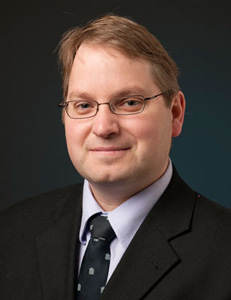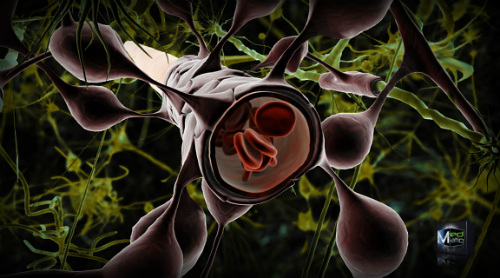- New technique uses ultrasound and microscopic bubbles to temporarily open the blood-brain barrier, for the first time in history.
- Could allow for deposition of chemotherapeutic agents directly into tumor.
- Creates entirely new form of drug delivery.
For the first time, doctors have been able to penetrate the blood-brain barrier. Neurosurgeon Todd Mainprize, MD, of Sunnybrook Health Sciences Centre, in Toronto, developed the relatively simple technique.

“The blood-brain barrier has been a persistent obstacle to delivering valuable therapies to treat disease such as tumors,” said Dr. Todd Mainprize, principal investigator of the study and a neurosurgeon in the Hurvitz Brain Sciences Program at Sunnybrook.
The team infused a chemotherapy drug, then microscopic bubbles, into the patient’s bloodstream. The microbubbles are smaller than red blood cells and pass through the various barriers within the circulatory system.
The researchers then used MRI-guided, focused low-intensity ultrasound to target blood vessels inside the blood-brain barrier area near the tumor. The waves rapidly compress and expand the microbubbles, causing them to vibrate and loosen junctions of the cells comprising the barrier. Once the barrier was opened, the chemotherapy flowed through and deposited into the targeted regions, according to a press release (http://sunnybrook.ca/media/item.asp?c=1&i=1351&f=blood-brain-barrier-focused-ultrasound-chemo) from Sunnybrook.

Figure 1. An illustration of type-1 astrocytes surrounding capillaries in the brain.
“Some of the most exciting and novel therapeutics for the treatment of malignant brain tumours are not able to reach the tumour cells because of the blood brain barrier. This technique will open up new opportunities to deliver potentially much more effective treatments to the targeted areas,” said Dr. Mainprize, Assistant Professor in the Division of Neurosurgery at University of Toronto.
Dr. Kullervo Hynynen, Director of Physical Sciences at Sunnybrook Research Institute, worked with industry partner Insightec for almost two decades to develop the technology and bring it to a clinic-ready state. “The success of this case is gratifying,” he says. “My hope now is that many patients will eventually benefit from it.”
At 24 hours after postsurgery, the tumor and some surrounding tissues were surgically removed and sent to pathology to measure differences in the concentration of chemotherapeutic agent deposited in the area treated by the focused ultrasound versus the area not treated.
